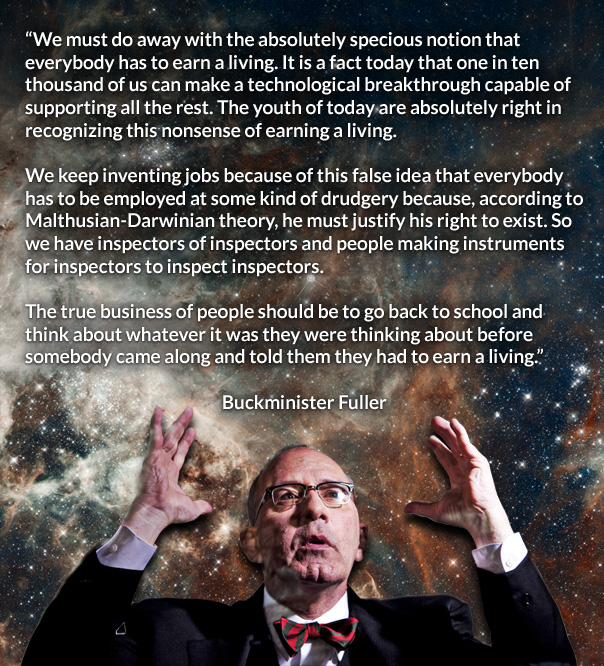Update:
___________________________________________
Last week, on December 6, 2013, I defended my PhD Thesis.
The Thesis is named Singular General Relativity, and can be found at arXiv:1301.2231.
My Ph.D. Thesis Singular General Relativity was published at Minkowski Institute Press and can be ordered at Amazon.
___________________________________________
Last week, on December 6, 2013, I defended my PhD Thesis.
The Thesis is named Singular General Relativity, and can be found at arXiv:1301.2231.
Thesis Abstract:
The Thesis is based on a series of papers, from which the following are published or accepted:This work presents the foundations of Singular Semi-Riemannian Geometry and Singular General Relativity, based on the author's research. An extension of differential geometry and of Einstein's equation to singularities is reported. Singularities of the form studied here allow a smooth extension of the Einstein field equations, including matter. This applies to the Big-Bang singularity of the FLRW solution. It applies to stationary black holes, in appropriate coordinates (since the standard coordinates are singular at singularity, hiding the smoothness of the metric). In these coordinates, charged black holes have the electromagnetic potential regular everywhere. Implications on Penrose's Weyl curvature hypothesis are presented. In addition, these singularities exhibit a (geo)metric dimensional reduction, which might act as a regulator for the quantum fields, including for quantum gravity, in the UV regime. This opens the perspective of perturbative renormalizability of quantum gravity without modifying General Relativity.
[1] C. Stoica On Singular Semi-Riemannian Manifolds, Int. J. Geom. Methods Mod. Phys., 0(0):1450041, March 2014, arXiv:1105.0201.
[2] C. Stoica Schwarzschild Singularity is Semi-Regularizable, Eur. Phys. J. Plus, 127(83):1–
8, 2012, arXiv:1111.4837.
[3] C. Stoica Analytic Reissner-Nordstrom Singularity, Phys. Scr., 85(5):055004, 2012, arXiv:1111.4332.
[4] C. Stoica Kerr-Newman Solutions with Analytic Singularity and no Closed Timelike
Curves, To appear in U.P.B. Sci. Bull., Series A, arXiv:1111.7082.
[5] C. Stoica Spacetimes with Singularities, An. St. Univ. Ovidius Constanta, 20(2):213–238, July 2012, arXiv:1108.5099.
8, 2012, arXiv:1111.4837.
[3] C. Stoica Analytic Reissner-Nordstrom Singularity, Phys. Scr., 85(5):055004, 2012, arXiv:1111.4332.
[4] C. Stoica Kerr-Newman Solutions with Analytic Singularity and no Closed Timelike
Curves, To appear in U.P.B. Sci. Bull., Series A, arXiv:1111.7082.
[5] C. Stoica Spacetimes with Singularities, An. St. Univ. Ovidius Constanta, 20(2):213–238, July 2012, arXiv:1108.5099.
[6] C. Stoica Einstein Equation at Singularities, Cent. Eur. J. Phys., 12 (2014), 123-131, arXiv:1203.2140.
[7] C. Stoica Beyond the Friedmann-Lemaitre-Robertson-Walker Big Bang singularity,
Commun. Theor. Phys., 58(4):613–616, March 2012, arXiv:1203.1819.
[8] C. Stoica On the Weyl Curvature Hypothesis, Annals of Physics, 338:186–194, November 2013, arXiv:1203.3382.
[9] C. Stoica The Geometry of Black Hole Singularities, Advances in High Energy Physics, Volume 2014 (2014), Article ID 907518 arXiv:1401.6283.Commun. Theor. Phys., 58(4):613–616, March 2012, arXiv:1203.1819.
[8] C. Stoica On the Weyl Curvature Hypothesis, Annals of Physics, 338:186–194, November 2013, arXiv:1203.3382.
[10] C. Stoica Metric dimensional reduction at singularities with implications to Quantum Gravity, Annals of Physics 347C (2014), pp. 74-91, arXiv:1205.2586.
Others are not yet published:
[11] C. Stoica Warped Products of Singular Semi-Riemannian Manifolds, arXiv:1105.3404.
[12] C. Stoica Cartan's Structural Equations for Degenerate Metric, Balkan J. Geom. Appl., Vol. 19, No. 2, (2014), p. 118-126, arXiv:1111.0646.
[13] C. Stoica Big Bang singularity in the Friedmann-Lemaitre-Robertson-Walker spacetime, arXiv:1112.4508.














